From Australia to Japan: everyone needs armored vehicles
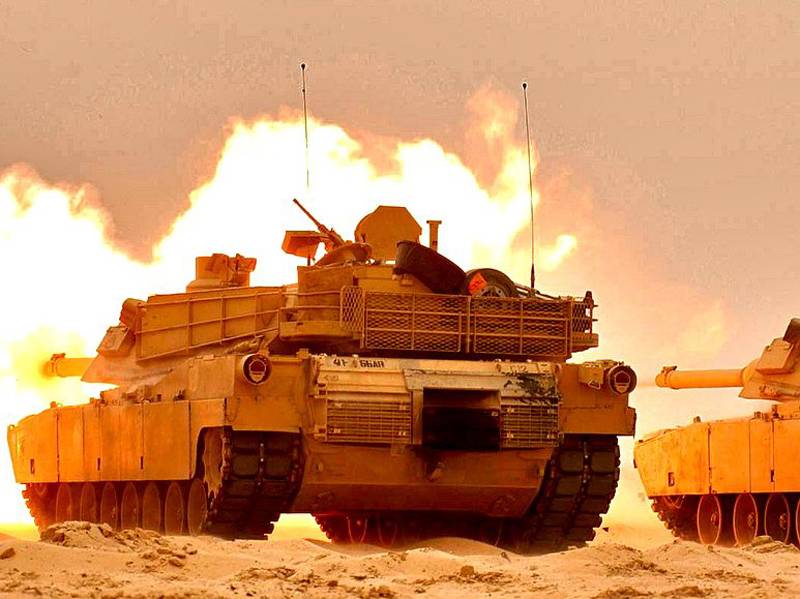
A number of countries in the Asia-Pacific region choose local production of armored vehicles, as a result there is fierce competition between companies wishing to participate in this process.
For a long time, the center of gravity of the production of armored combat vehicles (BBM) was located in the USA, Europe and Russia. However, at present the Asia-Pacific region is claiming a greater share of the BBM market.
Indeed, many of the largest programs in the world regarding the modernization of the parks of MBT, BMP and BTR are implemented in Asia, in countries such as China, India, Japan and South Korea.
Australia is currently holding a big competition under the Project Land 400 Phase 2 program. The request for proposals, published in February 2015 of the year, provides for the delivery of combat reconnaissance vehicles for the Australian army 225. Deliveries of cars of the selected model to change platforms ASLAV 8x8 will begin in 2021 year. Australian armed forces selected ready-made projects with a significant level of localization of production. In the end, there are two applicants: AMV35 from BAE Systems and Boxer from Rheinmetall.
Consider a little more detail the proposals of the 8x8 platforms of both companies. Rheinmetall Defense Australia (RDA) offers a Boxer with an installed Lance turret with an 30-mm cannon.
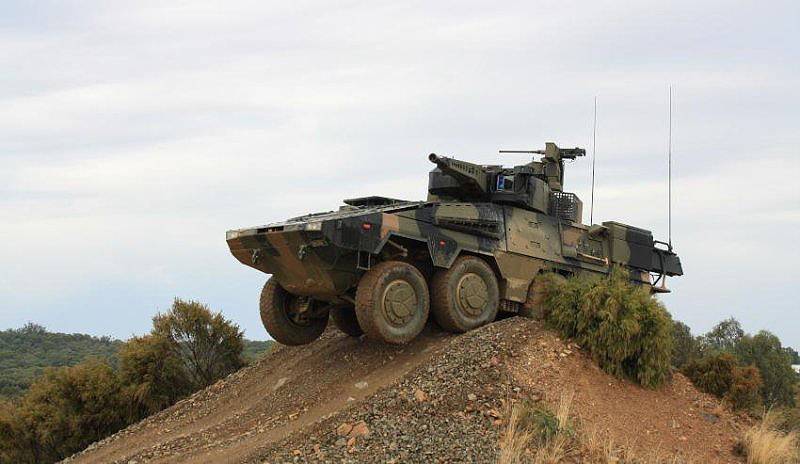
Rheinmetall's offer for the current competition of the Australian Army Land 400 Phase 2 - Boxer 8x8 armored vehicle
Managing Director Gary Stewart said that “if Boxer is selected, the RDA will organize a military equipment technical center [MILVEHCOE] in Brisbane for the supply, maintenance and repair of thousands of Australian military vehicles supplied under the Land 121 and Land 400 programs, as well as a fleet of vehicles Rheinmetall in Southeast Asia. ”
MILVEHCOE will be involved in designing, prototyping, manufacturing and testing. It will include a course for running trials, a shooting range for checking weapons of medium caliber and a camera for checking electromagnetic compatibility.
Regarding the MILVEHCOE center, Stewart said: “This facility will provide high-tech jobs for hundreds of Australians for a long time by localizing design and production ... Rheinmetall organizes an independent local industrial center MILVEHCOE for the long term to design, manufacture, export and service military equipment, towers and tactical systems. "
Armored vehicle with a Lance turret armed with an 30-mm cannon
Verified influence
What impact does Rheinmetall have on the local economy if the Boxer machine is selected? Stewart without hesitation replied: “Significant and long-lasting. Rheinmetall's offer to the Commonwealth countries is to organize a national hub to develop a number of new technologies for military vehicles and platforms for the Australian and global markets. We will provide new opportunities for the government, the army, industry and academia that will contribute greatly to the future prosperity of Australia. ”
"The company will work with small and medium Australian enterprises to provide the Australian army with new opportunities." He suggested that jobs will be created in such technological areas as the design of military vehicles, medium-caliber weapons and ammunition, fire control systems and surveillance systems, as well as the design and integration of systems.
Stewart said that this process of cooperation with Australian enterprises is already underway, funds are being allocated for the development of active suspension technologies, with Tectonicа, of situational awareness systems, in cooperation with Supashock, in addition, a program to create new grades of armor steel is being actively implemented. The following companies have already been selected to create the network infrastructure: Сablex, Direct Edge, C&O Kert, Hilton Manufacturing, Hoffman Engineering. Nezkot Precision Tooling and Engineering, Plasteel and Redarc.
Being selected for these companies is a significant breakthrough, as Rheinmetall offered to “transfer the most important know-how to each local producer for the entire duration of the program.” They will also be able to export their products within the global logistics network of this German giant.
Rheinmetall believes that major manufacturers need to take more initiative. Ben Hudson, head of vehicle, noted that “for the future, I would suggest more focus on mentoring and partnering with our businesses here in Australia, to help them understand what is needed in order to become globally competitive. Investments of larger enterprises in local business and technological support with a chain of new innovative product development are also needed. I believe that it is not enough to simply allow Australian business to participate in our global supply chain based solely on our orders. We need to finance and direct to help promote our partners in the distribution chain and open export markets for them. ”
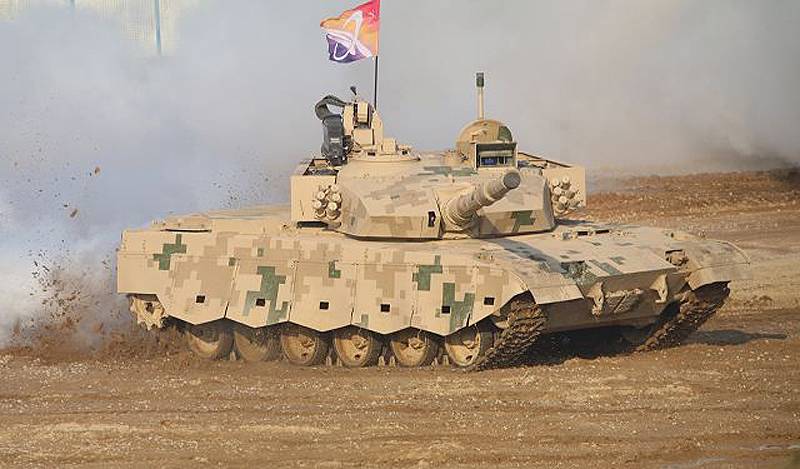
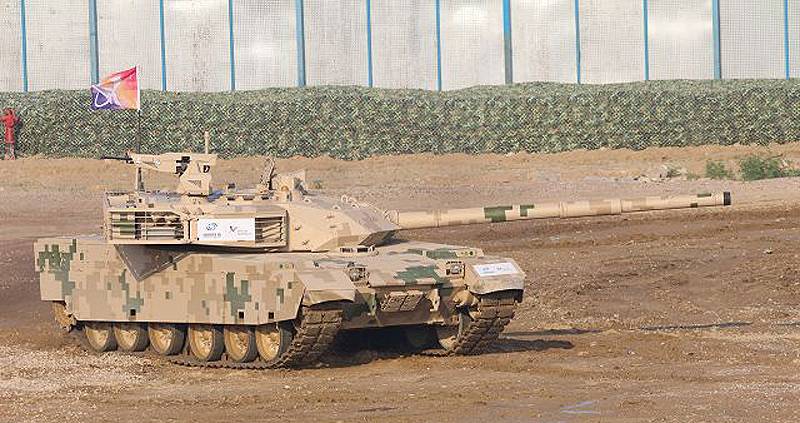
Tanks VT2 (top) and VT4 of Norinco Chinese company have been developed for overseas markets
Are applicants ready?
As for BAE Systems, the head of the Australian direction, Brian Gatright, described his challenger, the Armored Modular Vehicle, a modular armored vehicle: “Our solution is based on this proven chassis with the addition of the Hagglunds twin-tower Е35, the most lethal tower in its class, also proven in combat operations on the CV9035 armored vehicle. Our bidder, AMV35, offers functional flexibility for a wide variety of operational scenarios, including all seven specialized options requested by the Commonwealth countries. ”
“BAE Systems will produce AMV35 in Australia, relying on the largest supply network in the Australian defense industry. BAE Systems currently spends at least $ 288 million annually, working with 1600 suppliers throughout Australia. Our proven local area network ensures that we can provide and expand our internal capabilities at the expense of the expected life of the machines over 30 years, while significantly investing in the Australian economy. ”
Gatright described the advantages that the victory of their AMV35 armored vehicles in the competition would give. "Production in Australia itself, the logistics system and the future upgrades of these world-class machines will create many jobs for the long term, and these are serious economic benefits." He stressed that both companies, Patria (chassis developer) and Hagglunds (tower developer), have already transferred certain technologies to several countries. “They have successfully demonstrated the transfer of opportunities that will bring economic benefits to the country, including long-term service, logistics and future upgrades.”
Touching on the supply system of BAE Systems, Gutright noted that “this will not only maximize the opportunities of the Australian industry in this project, but also use the best innovative capabilities of the industry in the production and subsequent upgrades of these machines during the entire lifetime.”
The Land 400 Phase 2 program is just the beginning. In November, 2015, Australia issued a request for information on the 3 Phase (Phase 3) on 450 armored vehicles in several versions and separately 17 support combat vehicles to replace M113AS4 armored personnel carriers from the 2025 year. This program provides for the purchase of 312 BMP, 26 command vehicles, 16 fire support vehicles, 11 engineering reconnaissance vehicles, 18 repair, 39 engineering, 14 ambulances and 14 evacuation vehicles. 12 companies responded to the request, including seven leading manufacturers of final products.
Obviously, each of the two applicants has all the capabilities to cope with the two phases of the Land 400 program. BAE Systems promised, for example, that its “production facilities will be able to simultaneously flexibly provide production and logistics at the 2 and 3 Stages. The desire of the customer to increase the uniformity of the main systems, for example, one tower for both stages, ensures that our production line remains active, and this in turn will allow us to comply with the 3 Stage schedule and reduce the cost of the entire program. ”
In turn, the company Rheinmetall expressed the hope that Australia "will be able to become a world technical center for servicing our tracked BMP Lynx KF41 and mid-caliber towers." Cooperation is also envisaged in other areas, including GPR, active and passive protection systems for machines, optoelectronics, software development and the technology to combat improvised explosive devices (IEDs).
Australia under these two programs was able to have a significant impact on manufacturers. In addition, last year, Canberra published a program on investment plans and opportunities for Australian industry, along with an official defense document. They finally define the government’s actions to build a strong and long-lasting partnership between industry and the armed forces in order to maximize the share of local business. The question now is whether the local industry will be able to provide everything that the government has planned for the Land 400 project. Only time will tell, but the trend has begun - uncertainty in business circles has now given way to cautious optimism.
export capacity
Of course, Australia and previously exported armored vehicles. Armored Bushmaster 4x4 Protected Mobility manufactured by Thales Australia is in service with Australia itself, as well as Fiji, Indonesia, Japan, Jamaica, the Netherlands and the UK. Bushmaster also competes in the British Army's Multi-Role Vehicle - Protected (Group 2) armored vehicle program.
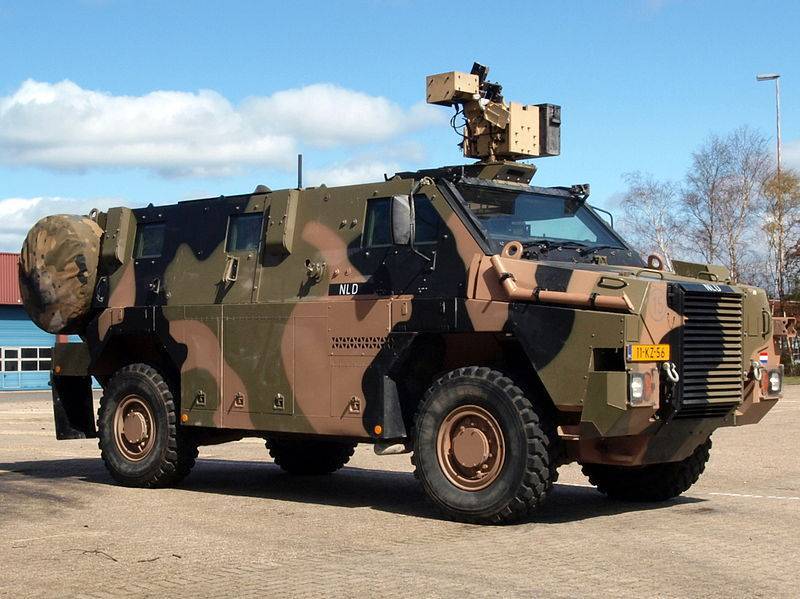
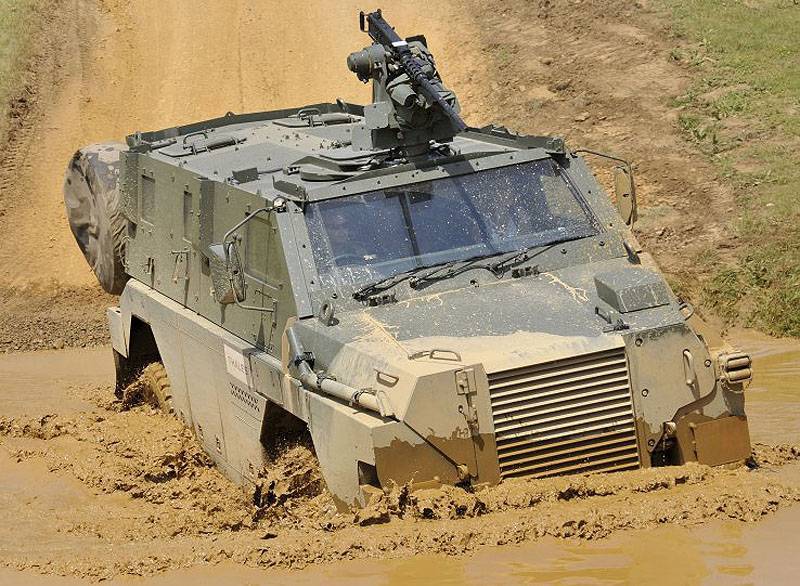
Bushales armored car manufactured by Thales Australia
In addition, Thales will manufacture Hawkei 1100x4 light armored vehicles for the Australian Army 4. Production of the installation batch should begin at the end of this year. Thales demonstrated its Hawkei machine (photo below) at several international exhibitions, which indicates the company's desire to export this car.
Can Australia become a net exporter of BBM? “Yes, the creation of export opportunities for military vehicles in Australia is one of the bases of our proposal to the countries of the Commonwealth,” confirmed Stewart. “The MILVEHCOE Center will become part of Rheinmetall’s international development and production network and a reference point for export to major markets in Asia-Pacific, the Middle East and North America.”
BAE Systems is also convinced that Australia can grow into a BMP exporter. “Winning the Land 400 project will strengthen the position of small and medium businesses, as it will be able to participate in our global supply chain of armored vehicles. Moreover, given the advantage of AMV35 over other BBM platforms regarding price-performance ratios, this would be the ideal 8x8 machine for export from Australia. ”
For now, this is just a conversation between representatives of the applicant companies. If all their promises come true, the production of BBM in Australia has a bright future. In this example, we see that a country that has great needs for BBM can really determine a program of action and require major companies to transfer critical technologies and a high level of localization of production. However, in this case, the buyer must have an industrial base capable of mastering these technologies, which is not always true for Asian countries.
Pretender for the Australian Land 400 Phase 2 program from BAE Systems - AMV35 armored vehicle developed by Patria, a Finnish company
Instructive indian tale
Undoubtedly, India is an example of a country with big ambitions, which has many problems associated with the development of its own armored vehicles. The main problem lies in relining Delhi to a large extent on inefficient state enterprises, and not on the private sector.
This deficiency was clearly manifested in July, when the government issued a contract to the Ordnance Factory Board (OFB) and Bharat Electronics companies to upgrade the BMN-693 2. Approximately $ 375 millions were actually taken from private companies. The Indian Ministry of Defense explained that the project was originally conceived in this form on the basis of its urgency and taking into account the experience of these two companies. Private companies, which the Ministry of Defense promised to provide more opportunities, were disappointed by this, since the formal procurement procedure provides for bidding on a competitive basis.
The huge drawback of the Indian approach is clearly seen in the example of the “sickly” Arjun tank developed by the Defense Research and Development Organization (DRDO). This tank, conceived after the war with Pakistan in 1971, was never perceived by the Indian army as a reliable platform. It was made about 124 tanks, but they were prohibitively expensive, they were used outdated technology, significantly lacked spare parts for them. In addition, 55% of the components in this “local” tank were imported.
The situation needs to be corrected and at the exhibition DefExpo 2016, the DRDO organization presented an improved version of the Arjun Mk II, in which 93 modifications were implemented, for example, an infrared jammer, a commander’s panoramic sight, dynamic protection units, an automatic target tracking station . However, all these innovations led to the fact that the tank was "heavier" on 6 tons compared to its predecessor. The mass of 68 tons brought problems associated with mobility and maneuverability, while the engine was not upgraded.
The Indian army wants to refine the design of the hull and turret of the Arjun Mk II tank, use modern materials and thereby reduce the overall mass. DRDO began to solve this painful task, setting a goal to remove 3 tons by March of 2018 of the year. However, this means that Arjun is again entering the development and testing cycle, while it is unlikely that the final platform will be able to meet the expectations of the army.
Difficulties with Arjun may indicate future problems, as India seeks to develop a promising Future Ready Combat Vehicle for the replacement of 1900 T-72М1 tanks. In June, 2015, Delhi issued a request for information on a new medium tank with the start of production in the 2025-2027 years. Two projects will be selected, after which the winners will develop prototypes. Subsequent tests will determine the winning platform, then one or two manufacturers will be engaged in the production of new machines.
India also wants to implement an ambitious 20-ton FICV (Future Infantry Combat Vehicle) amphibious BMP program to replace the BMP-1 and BMP-2. Under this program, due to start in 2022, about 20 tracked FICVs will be manufactured over 3000 years. The country enthusiastically embarked on the $ 10 billion FICV project, for which six applicants submitted proposals in mid-2016: Larsen & Toubro, Mahindra Defense, OFB (jointly with Uralvagonzavod), Pipavav Defense (c Reliance Defense), Tata Motors and Tata Power SED (with Titagarh Wagons).
For the development of FICV prototypes, two applicants will be selected, of which one will be assigned to mass production. The Department of Defense will finance 80% of the development cost, and selected companies will produce prototypes within 24-36 months. However, OFB was already pre-selected as one of the developers, which caused irritation of private companies. The representative of one of these companies explained that in this situation any winning bidder could turn into a project office in a pure form. Even if its project is selected, part of the production volumes will automatically go to OFB.
If India actively promoted and drew its private industry into the defense sphere, then surely it would have been able to snatch the coveted leaflet from an Australian book.
The advanced K2 tank from the Hyundai Rotem company is the newest OBT in the park of the South Korean army
Singapore is the quiet darling of success
While Australia has a chance to start the production of BBM without swinging, Singapore is located not far from it - a country that already produces a wide range of military vehicles for its own army and is now looking for ways to conquer foreign markets. Her first attempt to bite off a piece of the BBM market took place in 1987, when the design of the Bionix BMP began.
Phong Hai, ST Engineering’s chief engineer and project manager at Bionix, recalls. “In order to convince the Singaporean armed forces to switch to a local platform and not to modify the licensed platform from a reputable manufacturer, I made an action plan explaining the main reasons and linking operational requirements with technical specifications. I supported local production in order to create real opportunities, we need to learn how to develop our own platform. The risks were high, but with all my heart I hoped that Singapore would create its own system. ”
Tracked BMP Bionix - the brainchild of the Singapore company ST Kinetics
The Bionix machine entered service in the Singapore Army in 1997 year. “Bionix has become a symbol of ST Kinetics' big leap from system integrator to local designer,” Fong said. “In addition to such areas as the hull and turret construction and the theory of armor protection, we also gained experience in ergonomics, technical psychology and modeling, full-scale and computerized. We developed systems engineering processes and used a computer system to design and control production processes. We also installed modern gas cutting equipment for cutting sheets and the region’s largest machining and robotic welding centers, all within the framework of the Bionix program. ”
Building on the success of the Bionix platform, ST Kinetics developed the Bronco tracked off-road armored personnel carrier, the Primus 155-mm self-propelled howitzer and the Teggeh 8x8 armored vehicle. The Bronco BTR achieved major success when, in 2008, the British Army ordered the Warthog 115 machines for service in Afghanistan. ST Kinetics also teamed up with SAIC to offer the new Teggeh 2 option for the US Amphibious Combat Vehicle 1.1 program (combat amphibious vehicle). For the testing and evaluation phase of this program, 13 machines were manufactured.
Singapore Primus 155 self-propelled howitzer
Option Terrex 2 developed by ST Kinetics. Singaporeans rivet options without any delay, the third incarnation is next - Terrex 3
Continuous surprises
But ST Kinetics' stable is full of surprises, one of which is the next-generation Next-Generation Armored Fighting Vehicle (NGAFV) armored vehicle, designed to give the Singaporean army a platform with more firepower, protection, better mobility and situational awareness. The company said that the development of NGAFV began in 2006 year, and the final prototype went to the Singapore Army for testing last summer. Beginning with 2019, the car will begin to enter service and replace the Singapore-based M113 Ultra BTR.
Mobile air defense missile system based on the BTR M113 Ultra with six launch containers of Russian-made Igla MANPADS
Mr. Fong remarked that “unlike the previous approach, when the main concern of the designers was the“ heart ”and“ legs ”of the machine, that is, the power unit, tracks and suspension, the emphasis in creating the NGAFV was placed on the“ brain ”- the electronics of the machine that monitors the state of the machine, and decision-making systems, which receive information from sensors and other external sources. As a result, the level of ownership of the situation increases significantly. The NGAFV platform has a powerful digital system onboard that integrates all onboard digital devices with an intuitive interface that is familiar to users of the digital age. ”
The president of ST Kinetics, Lee Long, added: “The NGAFV platform is based on the“ system systems ”concept and therefore platform and electronics developers must work as a single unit in order to develop a solution with a high level of integration. ST Engineering as an integrated group and the ST Kinetics company have achieved great success here, this is the culmination of many years of hard work in developing combat armored platforms. ”
The Indian tank Arjun Mk II is a step forward compared to its not very successful predecessor, but its mass increased by 6 tons seriously worsened its patency
Nearest neighbors
Singapore is undoubtedly the leader in the design of FBM in Southeast Asia, but other countries in this region are also trying to improve their capabilities in this area. For example, after acquiring the experience of assembling ACV-300 Adnan tracked vehicles developed by the Turkish company FNSS, the Malaysian company DRB-Hicom (Deftech) received a contract in 2011 for assembling the 257 armored vehicles AV8 Gempita 8X8 for the Malaysian army. The contract worth $ 559 million provides for the supply of armored vehicles in 12 variants, based on the Turkish platform Pars.
In the absence of a sufficiently developed domestic industry, the Malaysian army turned to Thailand to purchase First Win 4xNNXX MRP armored vehicles from the local company Chaiseri Metal and Rubber’s MRAP category. Malaysian cars have a turret mounted on the roof, armed with a Dillon Aero M4D Minigun 7,62-mm machine gun.
First Win armored vehicle manufactured by Chaiseri Metal and Rubber
Malaysia has ordered the 20 of these cars, designated AV4, three-quarters of them will be assembled by a local company Deftech. As for the Thai company Chaiseri, it manufactured the First Win 21 machine for the Thai army and the 18 special force machines for work in southern Thailand.
Indonesia also has a certain industrial potential in the face of the state-owned company PT Pindad, the line-up of which is the Anoa 6xNNXX BTR and the Badak 6XNNXX fire support vehicle with the Cockerill CSE 6LP twin-turret armed with an 6-mm cannon.
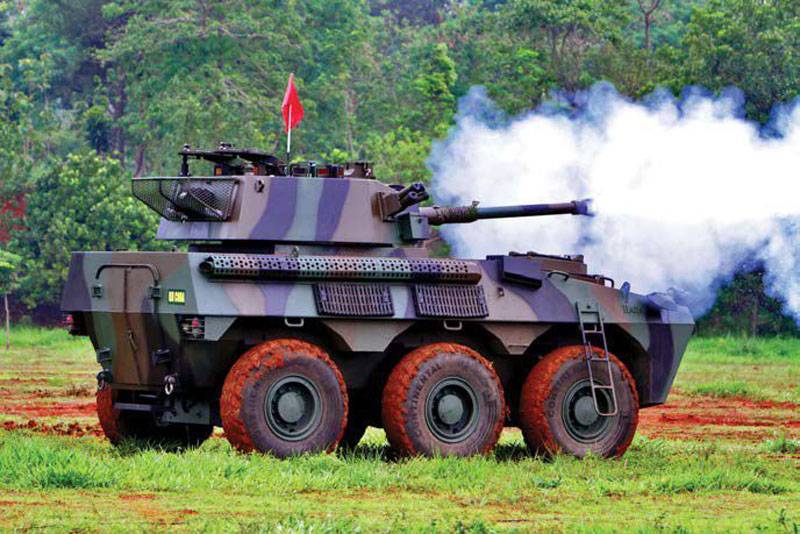
Badak 6x6 armored vehicle equipped with a CSE 90LP turret with a low-pressure 90-mm gun
While several countries are developing their competencies in the production of BBM, in this region there are many opportunities for foreign suppliers. For example, Vietnam ordered an X-NUMX tank T-64C / SK from Russia for a total of $ 90 million; and the first shipments have just begun. It is possible that the Vietnamese order may be increased to 250 tanks.
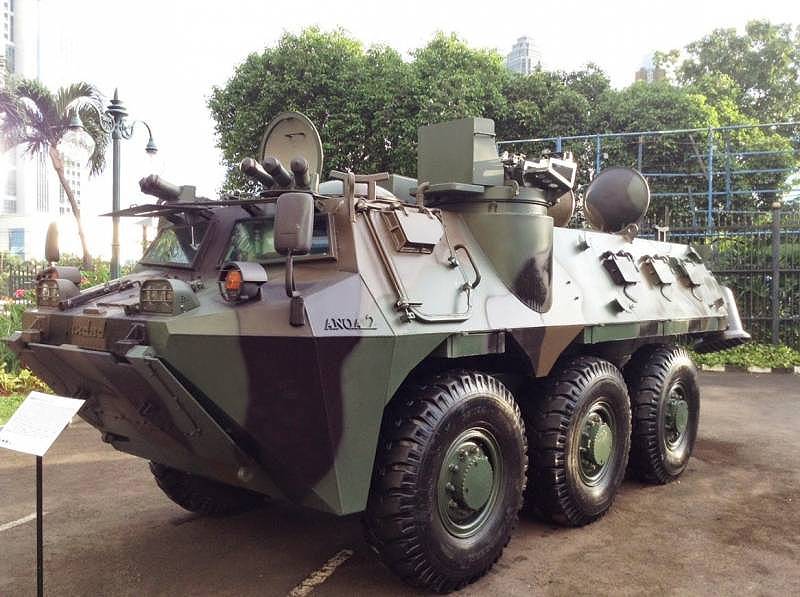
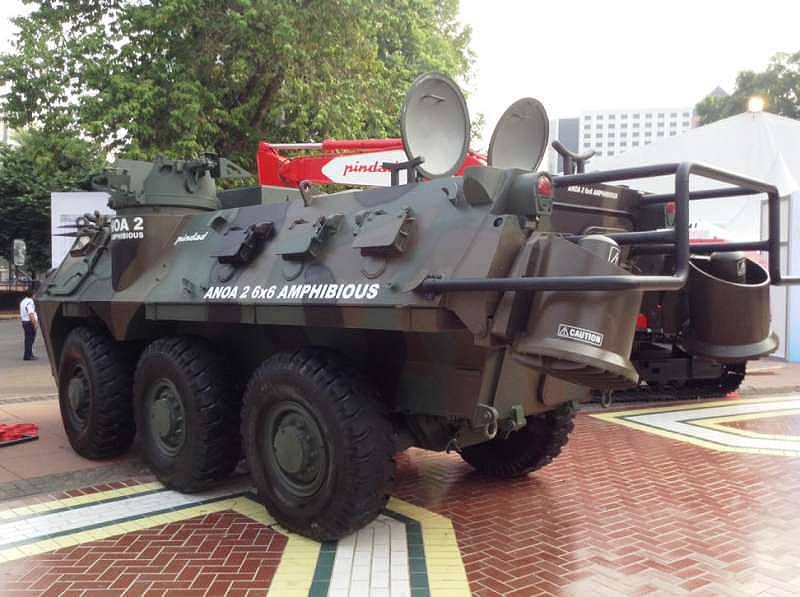
Armored personnel carrier Anoa-2 manufactured by Pindad
Giants of East Asia
With regard to industrial capacity, in East Asia there are several heavyweight manufacturers of armored vehicles - this is China, Japan, South Korea and to a lesser extent Taiwan. The Chinese production association Norinco manufactures a large number of vehicles for its army and export markets. The new products include the ZTZ99A and ZTZ96B tanks, the ZBD04A infantry fighting vehicles, the ZBD03 airborne combat vehicles, the ZBD05 / ZTD05 armored vehicles, the ZSX92 armored vehicles, and the ZBDX / NMTV09 vehicle family of armored vehicles and the ZSD8 armored personnel carrier and the ZSX8 vehicle armored vehicles and the ZBXXNVXX vehicle armored vehicles. China exported its BBM to many countries in Asia, Africa, the Middle East and South America.
China’s remarkable success was the sale to Thailand in March of 2016, 28 of VT4 tanks (export designation MBT-3000) in the amount of $ 137 million; an additional order is likely. Moreover, the Chinese proposal won the competition in the face of the Russian T-90С and Ukrainian "Oplota". Thailand also buys the VN1 8x8 BMP, the initial batch consists of an 10 BMP and two evacuation vehicles.
Japan has not exported BBM for several decades, but things can change with the lifting of strict constitutional restrictions. Currently, the Japanese self-defense forces take delivery of the OBT Type 10 (photo below) manufactured by Mitsubishi Heavy Industries (MHI), with the first tanks being received in the 2012 year. But, alas, up to 2018, only 97 Toure 10 tanks will be manufactured.
MHI has also developed a Manoeuvre Combat Vehicle (MCV) combat vehicle of configuration 8x8, which should be adopted this year. In five years, the 99 Ture 16 MCV, armed with an X / NUMX-mm L / 105 X-gun, will be purchased. An MCV machine weighing 52 tons can be transported on a C-26 aircraft; it is an important component of Japanese rapid deployment forces. In addition, Komatsu is developing an advanced 2x8 armored personnel carrier.
South Korean manufacturers are struggling to meet the needs of their army in combat vehicles. Hyundai Rotem has already completed the initial order for the 100 MBT K2 with an MTU engine and Renk transmission. In accordance with the second order, Hyundai Rotem supplies 106 X2 tanks weighing 55 tons with an 1500 horsepower engine. and a locally produced transmission. It is expected to receive an additional order for 100 tanks K2.
As part of the restructuring of the army of South Korea, high mobility brigades will be formed, equipped with Wheeled Armored Vehicles (WAV) wheeled armored vehicles 675, the manufacture of which in 2012 was entrusted to Hyundai Rotem. This year, Hyundai Rotem began mass production of KW1 6x6 and KW2 8x8 platforms. The machine in configuration 8x8 with a mass of 20 tons has a higher level of booking as compared to the non-floating machine 6x6 with a mass of 16 tons. Army general requirements can amount to 2700 WAV machines. In addition, Hanwha Defense Systems (formerly Doosan DST), in accordance with the initial order for 466 machines, is manufacturing the K21 BMP, including the 40-mm cannon for it. The South Korean army began their deployment in 2009.
Taiwanese armored personnel carrier Yunpao
Taiwan lagged behind its regional neighbors in the production of its own developed BBM, but was forced to accelerate due to a lack of foreign suppliers. The Yunpao 8x8 family of machines with a mass of 22 tons was designed to increase the mobility of mechanized brigades. The first batch of 368 machines is currently being completed.
On the materials of the sites:
www.nationaldefensemagazine.org
www.rheinmetall.com
www.uvz.ru
www.nexter-group.fr
www.baesystems.com
www.thalesgroup.com
www.drdo.gov.in
www.hyundai-rotem.co.kr
www.stengg.com
www.drb-hicom.com
www.norinco.com
www.mhi.com
pinterest.com
www.taipeitimes.com
armyman.info
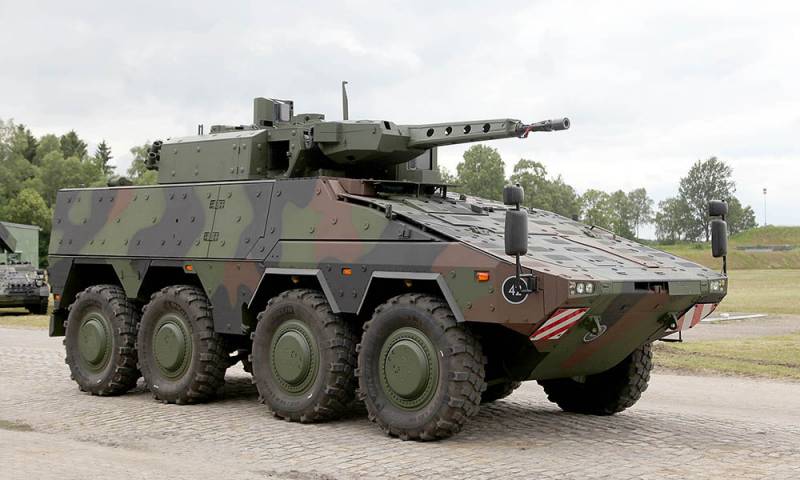
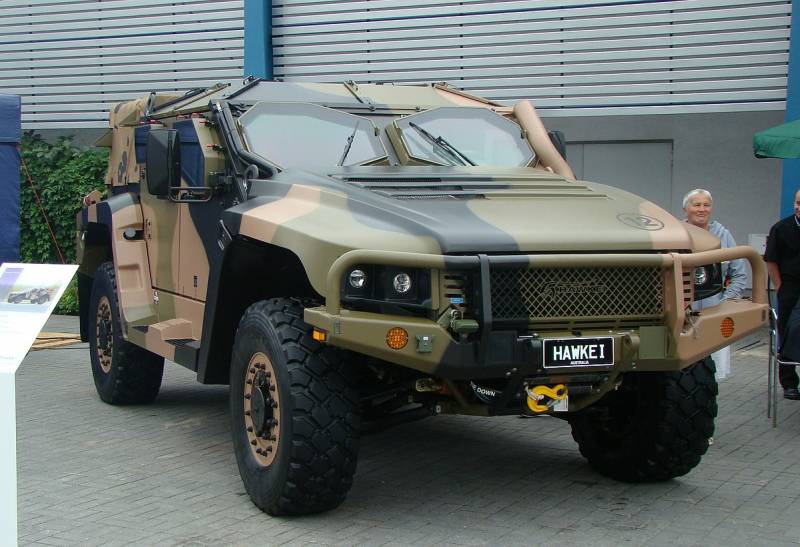
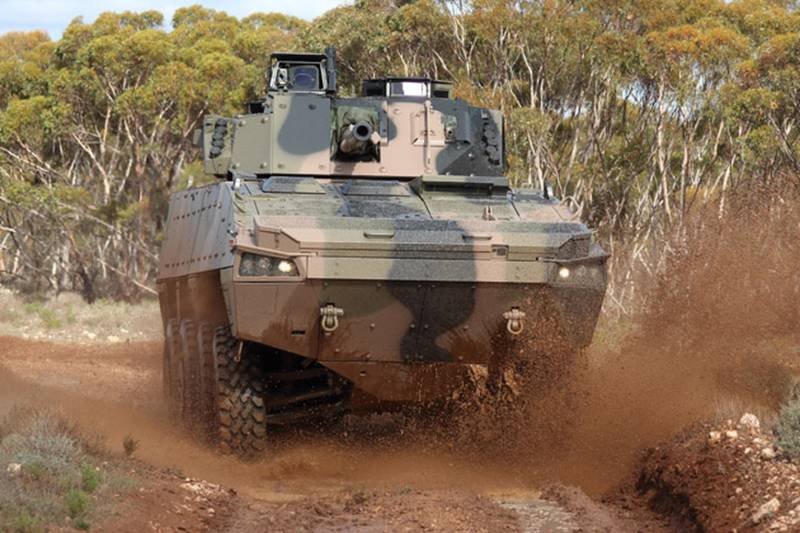
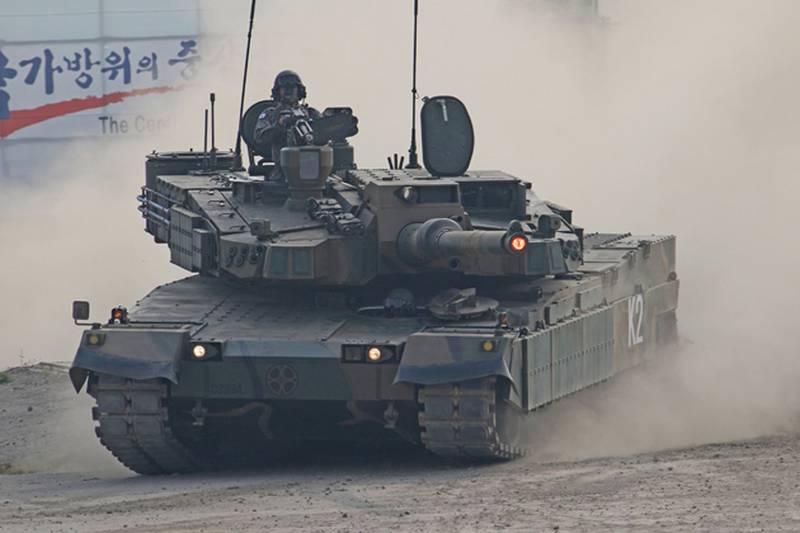
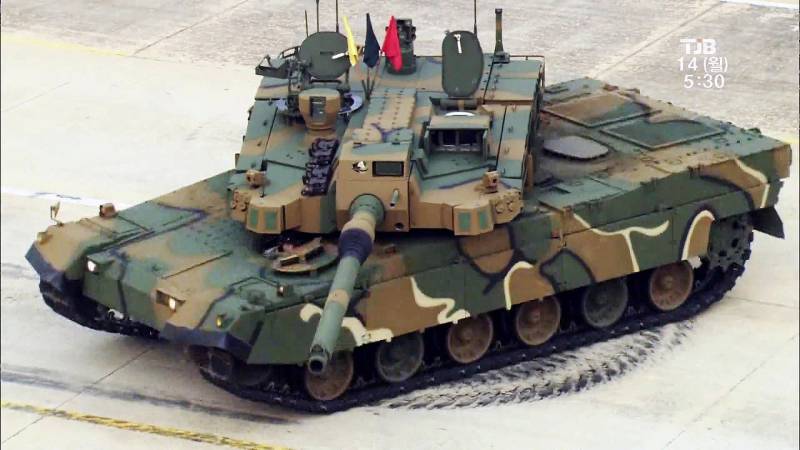
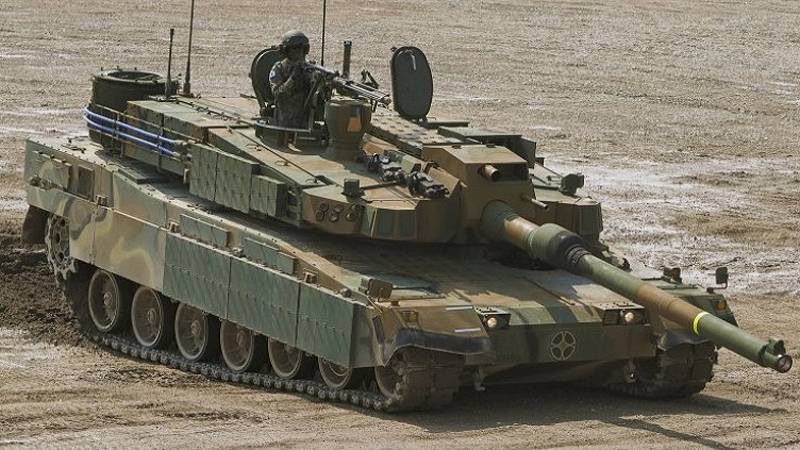
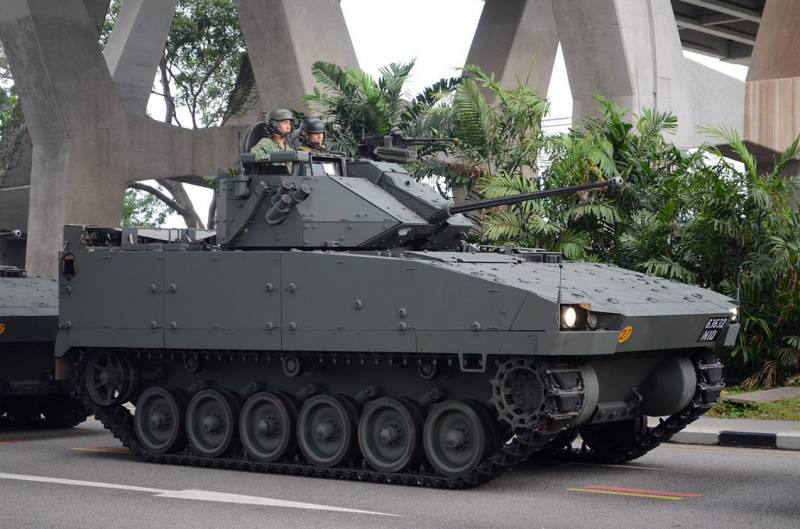
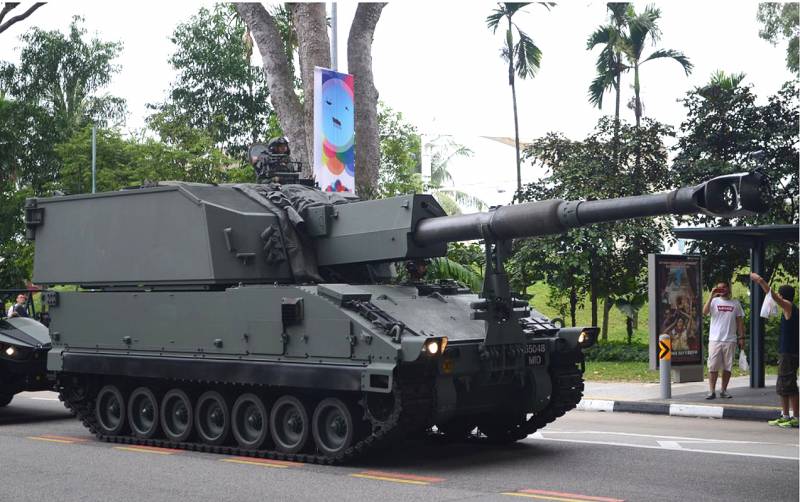
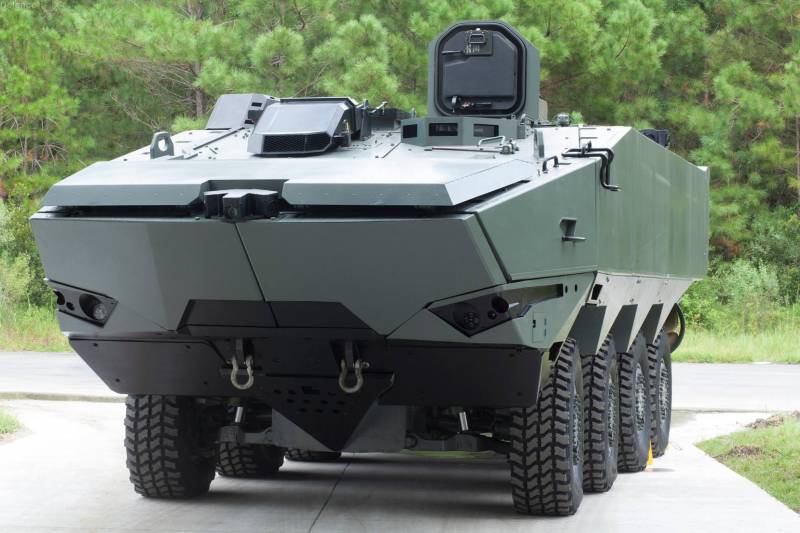
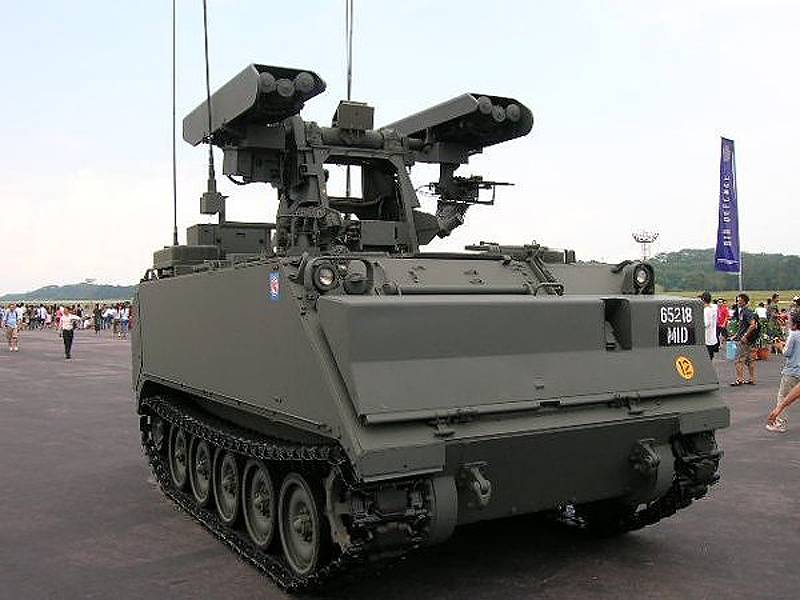
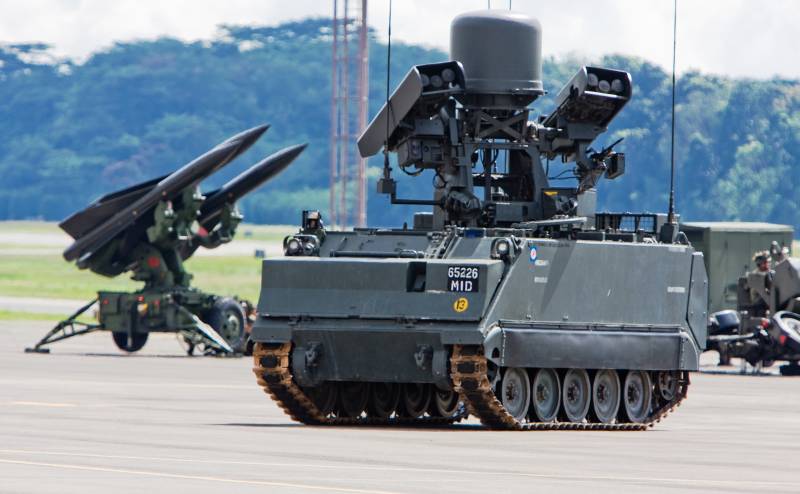
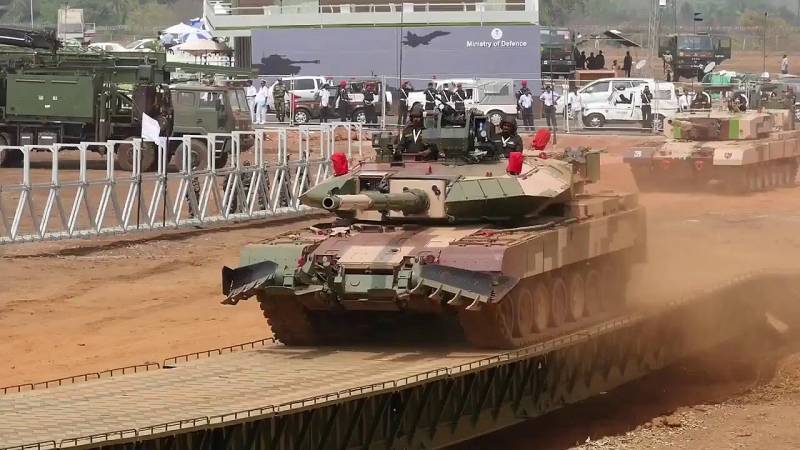
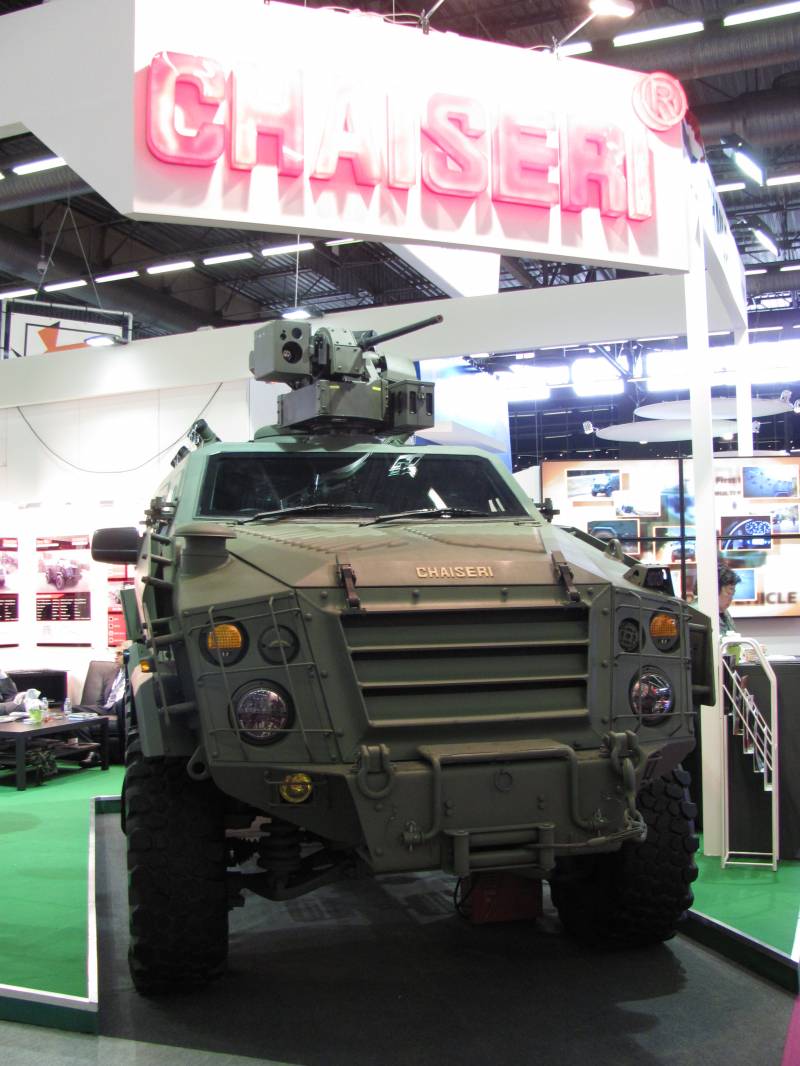
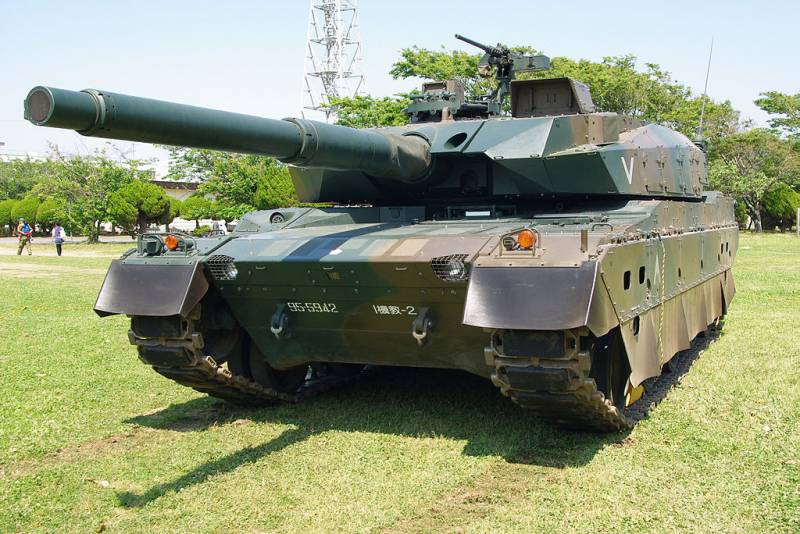
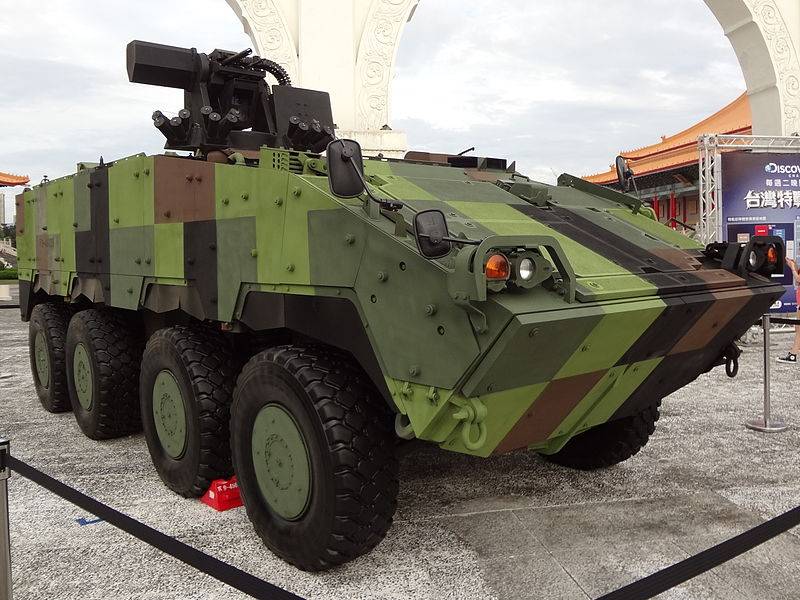
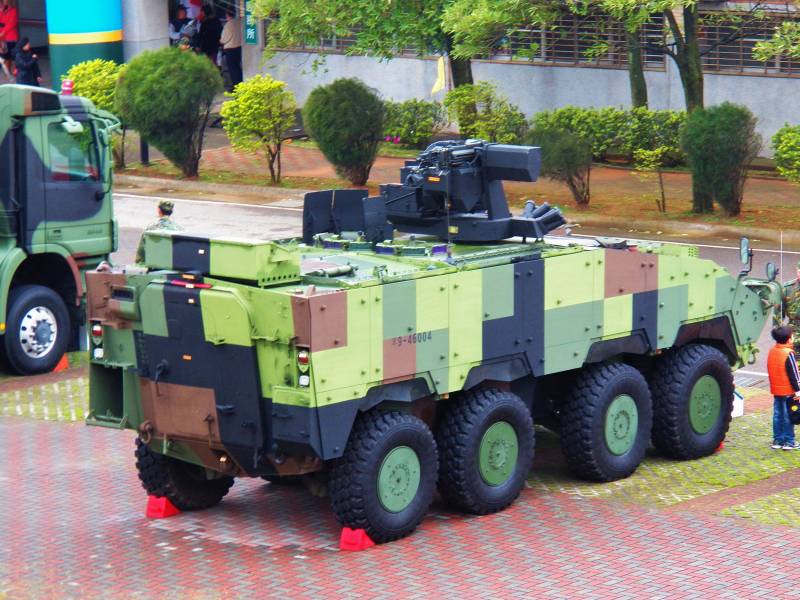
Information